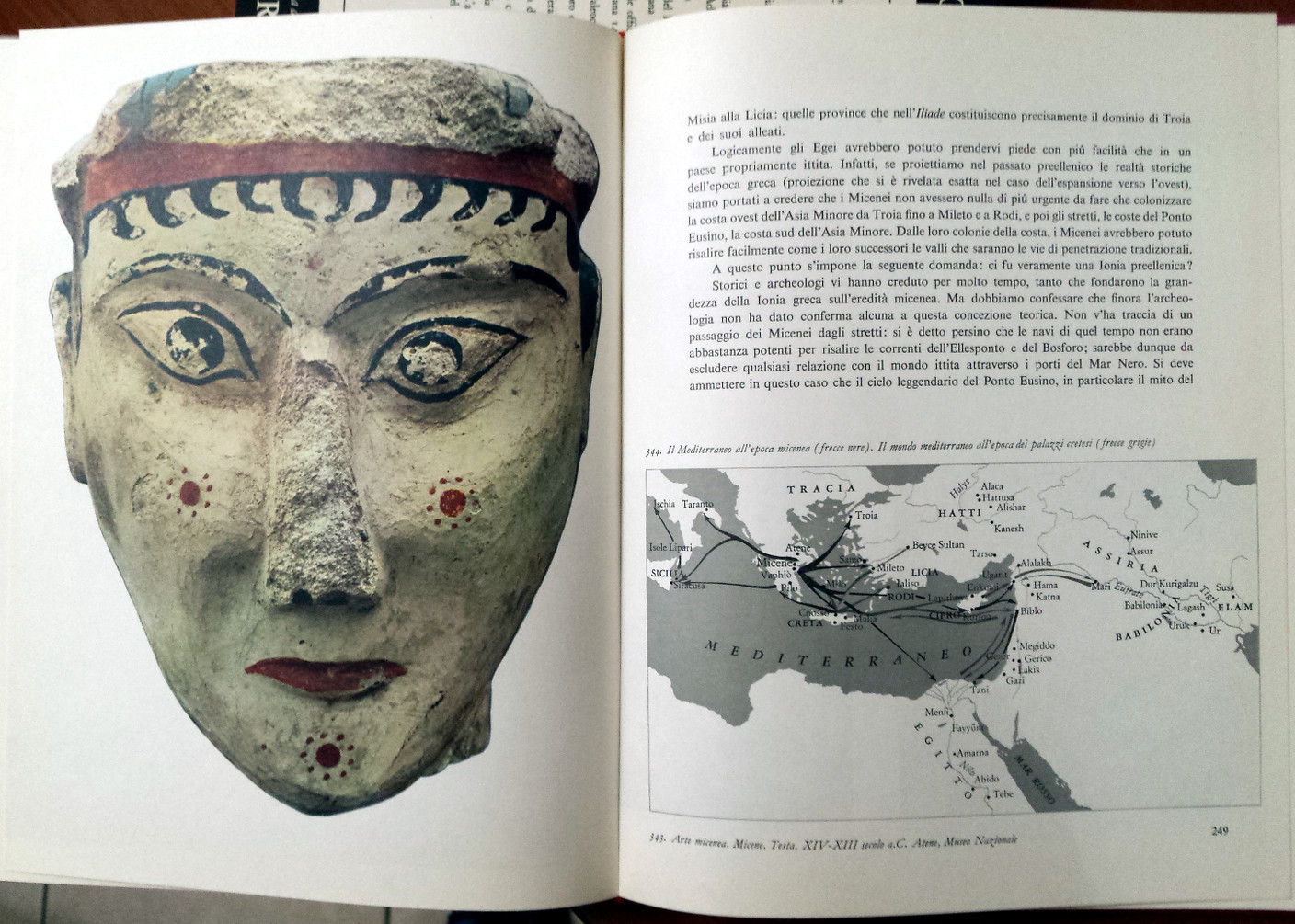Archaeologist who conducts research on Aegean civilizations: Who is Pierre Demargne?
Pierre Demargue focused on the Island of Crete while researching the cultures between the pre-Greek and Greek Archaic periods. He argued that the Eastern influences seen in Greek art came by sea and that Crete was the first stop in this spread.

(1903 - 2000) French, archaeologist. He researched Aegean civilizations. He was born on February 8, 1903, in Aix-en Provence. He studied at Ecole Normale Superieur and Ecole Français d'Athenes. He taught classical archeology at the Universities of Grenoble in 1933, Strasbourg in 1937, and Sorbonne between 1950 and 1971. He became a member of the Institute de Belles Lettres in 1969. He was elected as a member of various international institutions. He received the Legion d'Honneur medal. He was the director of the Revue d'Archeologiue.
Pierre Demargne (8 February 1903 – 13 December 2000) was a French historian and archaeologist. Pierre Demargne went to school at l'École normale supérieure, where he took and passed the agrégation de lettres exam. He conducted his first research in Anatolia, more specifically in the south coast of Turkey.
He directed the excavations in Mallia, the city of Mihos, in Crete, which started in 1927 and continued intermittently until 1964. During these excavations, many findings were unearthed that helped understand the Cretan civilization between 2000 and 1400 BC. Very important information was obtained about architectural structures such as palaces, houses, and tombs in the city, as well as the history and art of the pre-Greek Cretan civilization, especially its architecture and pottery.
Pierre Demargne focused on the Island of Crete while researching the cultures between the pre-Greek and Greek Archaic periods. 8th-7th BC He argued that the Eastern influences seen in Greek art in the 20th century came by sea and that Crete was the first stop in this spread. The excavations and investigations he carried out in Crete in Anavlochos in 1923 and Dreros, a settlement from the Archaic period, in 1933 and 1936, provided him with support for this claim.
Pierre Demargne also emphasized the Aegean becoming a single cultural environment during the Greek Archaic and Classical periods. To clarify this issue, he carried out excavations and research in Carthage on the northern coast of Africa and in Xanthos in the Lycia region of Southwest Anatolia between 1950 and 1962. As a result of the Xanthos excavations, he described in detail the conditions of the previously known Lycian tomb monuments.
